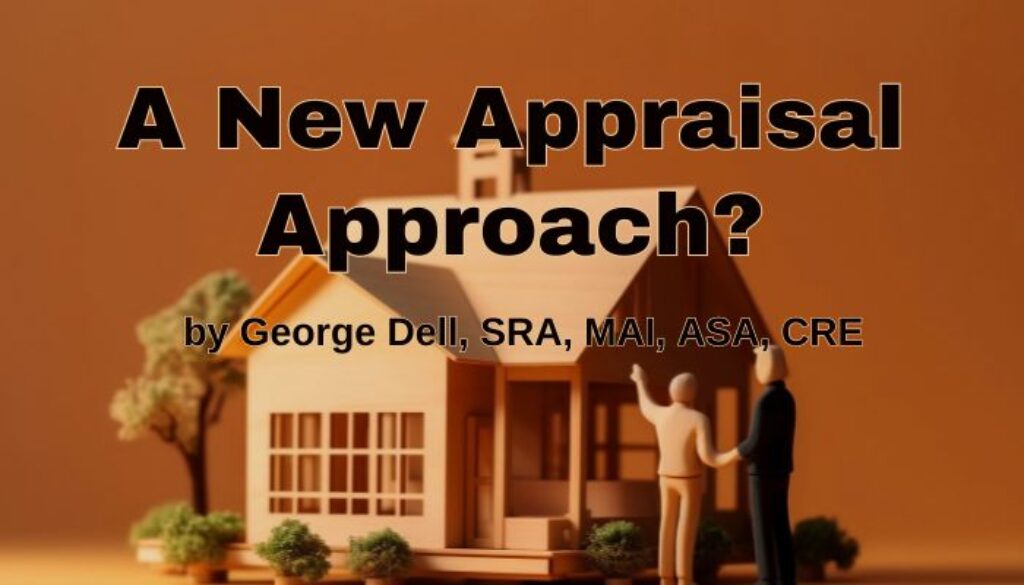“A new valuation modeling paradigm” are the words used by the late Dr. Marv Wolverton. He is the author of the Appraisal Institute’s book on statistics for appraisers.
He created the term in a response to my peer-reviewed Appraisal Journal article: “Common Statistical Errors and Mistakes: Valuation and Reliability.” The article itself can be summed up very briefly:
- The ‘population’ of data is the competitive sales.
- The ‘sample’ – ideally is substantially all those sales.
- This ‘complete’ sample replaces the judgment sample.
A new approach! Audacious! There have always been three approaches!!! Everybody knows that!
Wrong.
Prior to the 1930s, as many as nine different approaches (methods) could be used for appraisal, while the cost approach was unknown until those years.
The “data science” approach may result in our thinking to go to a single approach. How? Basically, all three historical approaches are a variation of sales comparison.
- The income approach simply compares return and risk on alternative possibilities.
- The cost approach simply compares, while accounting for completion time.
- Sales comparison just compares key variables (compared elements).
For income properties, the developed income (capitalization rate) becomes the key variable in the data science approach. The cost logic simply refers back to the sales (the ‘market approach’), particularly in terms of estimating depreciation and economic obsolescence.
Some criticism has been levied that the three approaches are inbred, in that the same data may be used for each of the approaches. This makes any reasoning reconciliation of weighting difficult or convoluted.
In the EBV (Evidence Based Valuation)©, data (implicit in each traditional approach), is included up front. The process of data collection starts by including all the available information and necessary data. (Not just some hand-picked ‘comps.’)
We could restate the legacy, three-approach model: “We use different data to help use the algorithm we have decided upon.”
Contrarily, in the EBV approach, we can say our first act is to download all the possible useful data first, then chip away at the unnecessary data to become useful information. Then – we select models – to tell our software which algorithms to apply.
Yet another way to look at the comparison: “We measure markets, not compare comps.”
The legacy model, as currently required for licensing, requires the appraiser to select comps, prior to market analysis! Interestingly, this contradicts Appraisal Standard 1, which says “Market analysis and highest and best use” comes before the three “approaches to value.”
Evidence Based Valuation essentially eliminates this contradiction of licensing education and the appraisal practice threat of “violating USPAP.”
EBV is whole-market analysis, not comparing comps.
